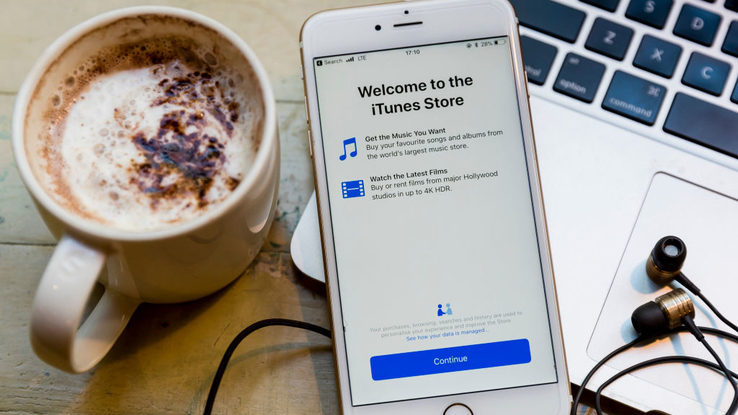How Is iTunes Different From Apple Music?

In June 2019, Apple announced its new macOS Catalina desktop operating system, with one of the most notable changes being that iTunes was upgraded to Apple Music. In the announcement, Apple stated that its goal was to simplify and improve the experience of Mac users everywhere while watching favorite TV shows, music, podcasts and movies. Aside from its fresh look and updated content, the new Apple Music app is also quick and intuitive.
iTunes may be discontinued, but you can still access your existing content. According to the Apple website, existing iTunes media library content is now available in the Apple Music app, as well as in the Apple TV, Apple Books and Apple Podcasts apps. PC users can still use iTunes for Windows to make purchases and manage their library. It’s also possible to switch between multiple iTunes libraries in the macOS Catalina.
What Is iTunes?
In June 2019, Apple announced its new macOS Catalina desktop operating system, with one of the most notable changes being that iTunes was upgraded to Apple Music. In the announcement, Apple stated that its goal was to simplify and improve the experience of Mac users everywhere while watching favorite TV shows, music, podcasts and movies. Aside from its fresh look and updated content, the new Apple Music app is also quick and intuitive.

iTunes may be discontinued, but you can still access your existing content. According to the Apple website, existing iTunes media library content is now available in the Apple Music app, as well as in the Apple TV, Apple Books and Apple Podcasts apps. PC users can still use iTunes for Windows to make purchases and manage their library. It’s also possible to switch between multiple iTunes libraries in the macOS Catalina.
What Is Apple Music?
Apple Music is a subscription-based service from Apple that’s designed to be much faster and more efficient than iTunes. Unlike iTunes, where you could download movies, podcasts and TV shows, Apple Music is solely dedicated to music. Instead of foregoing the ability also to download podcasts and movies, Apple streamlined the entire service by offering separate Apple Podcasts and Apple TV apps.

If you used iTunes in the past, it was clear that the program’s enormous library was its greatest asset. If you’re worried about losing your favorite songs or not having access to previous files, Apple has reassured its users that they can stream and download millions of songs as well as access previous music library content across all devices.
Subscriptions cost $10 a month for individuals or $15 a month for a family plan that allows streaming across six devices. An annual plan allows you to pay $99 dollars for a full year.
How Is iTunes Different from Apple Music?
Apple initially built iTunes for burning and mixing songs on Mac. However, the program became too large and bloated over time, ultimately losing sight of its purpose. By contrast, Apple Music is fast and efficient, making it a much more user-friendly music program for most users. Don’t worry if you enjoyed the ability to create playlists in iTunes, as you can both create new playlists and have Apple Music generate them for you based on your listening preferences.

Another big difference is that Apple Music is a subscription-based streaming service, whereas iTunes was not. However, you don’t need to worry about losing your music collection when you make the switch to Apple Music, as you can transfer all of your files. In addition to songs that you’ve downloaded through the iTunes store, your ripped MP3s, CDs and playlists will automatically be transferred to the new program when you upgrade to Catalina.
Unlike iTunes, which required you to purchase each song, podcast or TV show individually, Apple Music requires a subscription after a short trial period. Instead of owning each purchase that you make, you’ll pay a set rate to unlock Apple Music’s complete catalog, and rather than downloading individual songs, you can listen to the full catalogue of Apple tracks remotely.





